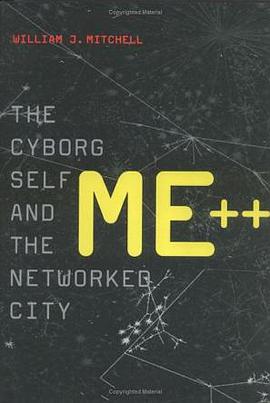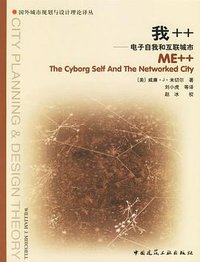Me++
Douban
The Cyborg Self and the Networked City
William J. Mitchell
Sinossi
With Me++ the author of City of Bits and e-topia completes an informal trilogy examining the ramifications of information technology in everyday life. William Mitchell describes the transformation of wireless technology in the hundred years since Marconi--the scaling up of networks and the scaling down of the apparatus for transmission and reception. It is, he says, as if "Brobdingnag had been rebooted as Lilliput"; Marconi's massive mechanism of tower and kerosene engine has been replaced by a palm-size cellphone. If the operators of Marconi's invention can be seen as human appendages to an immobile machine, today's hand-held devices can be seen as extensions of the human body. This transformation has, in turn, changed our relationship with our surroundings and with each other. The cellphone calls from the collapsing World Trade Center towers and the hijacked jets on September 11 were testimony to the intensity of this new state of continuous electronic engagement.<br /> <br /> Thus, Mitchell proposes, the "trial separation" of bits (the elementary unit of information) and atoms (the elementary unit of matter) is over. With increasing frequency, events in physical space reflect events in cyberspace, and vice versa; digital information can, for example, direct the movement of an aircraft or a robot arm. In Me++ Mitchell examines the effects of wireless linkage, global interconnection, miniaturization, and portability on our bodies, our clothing, our architecture, our cities, and our uses of space and time. Computer viruses, cascading power outages, terrorist infiltration of transportation networks, and cellphone conversations in the streets are symptoms of a dramatic new urban condition--that of ubiquitous, inescapable network interconnectivity. He argues that a world governed less and less by boundaries and more and more by connections requires us to reimagine and reconstruct our environment and to reconsider the ethical foundations of design, engineering, and planning practice.

